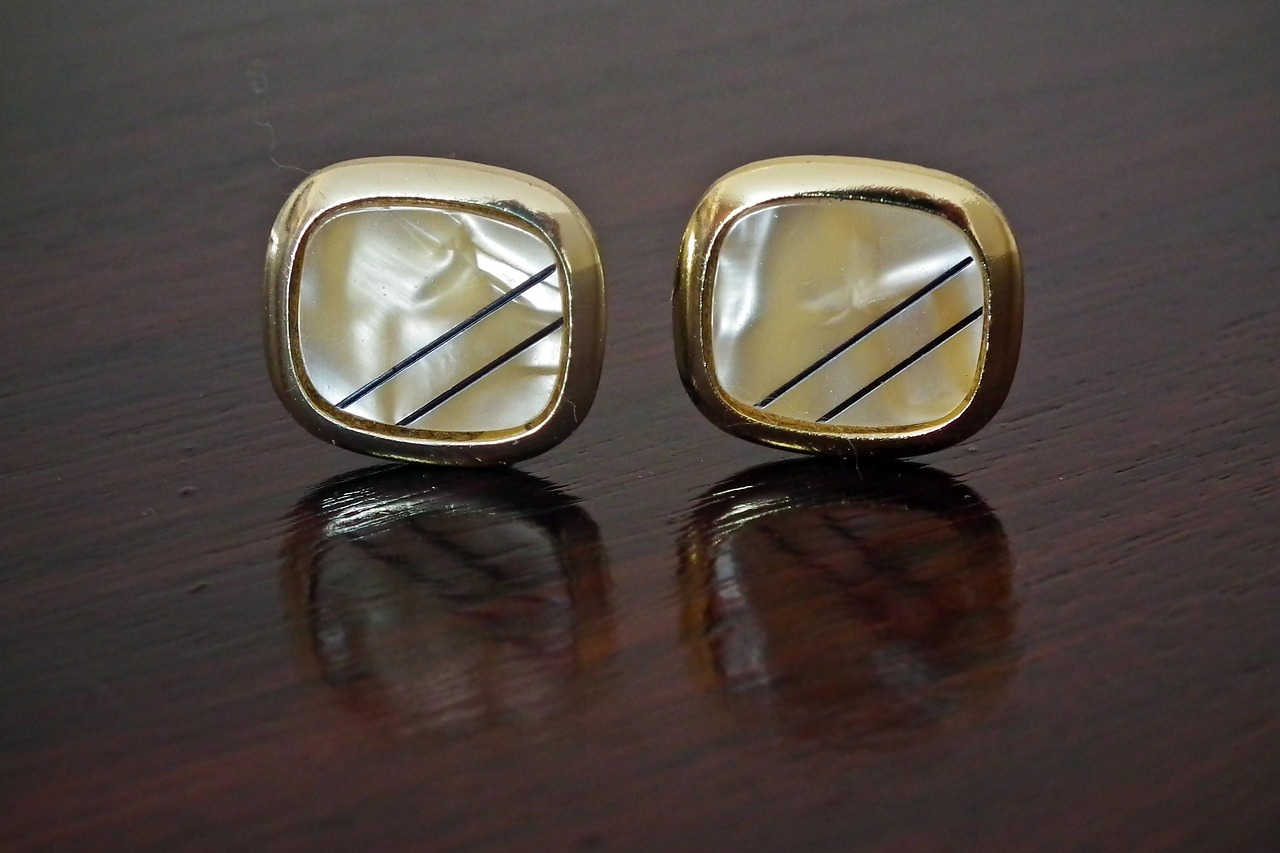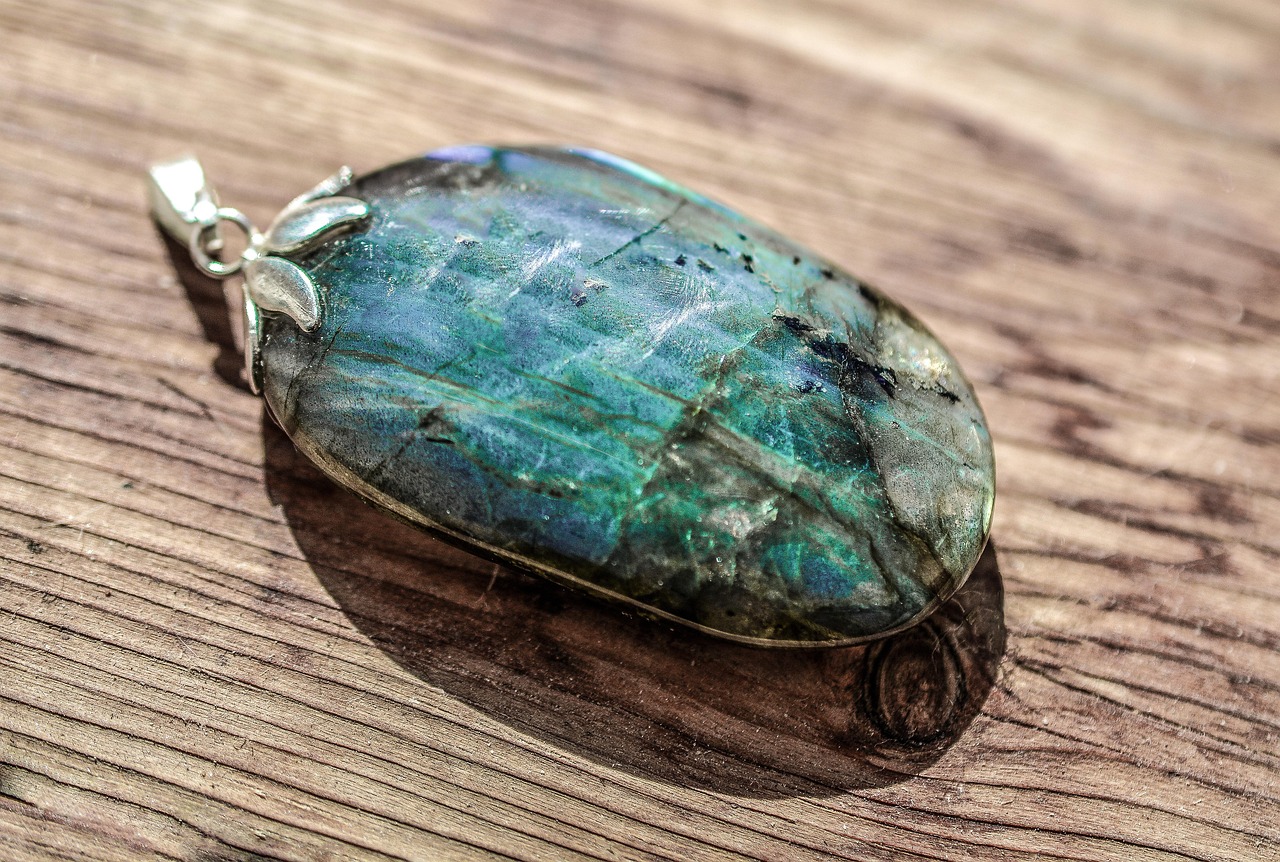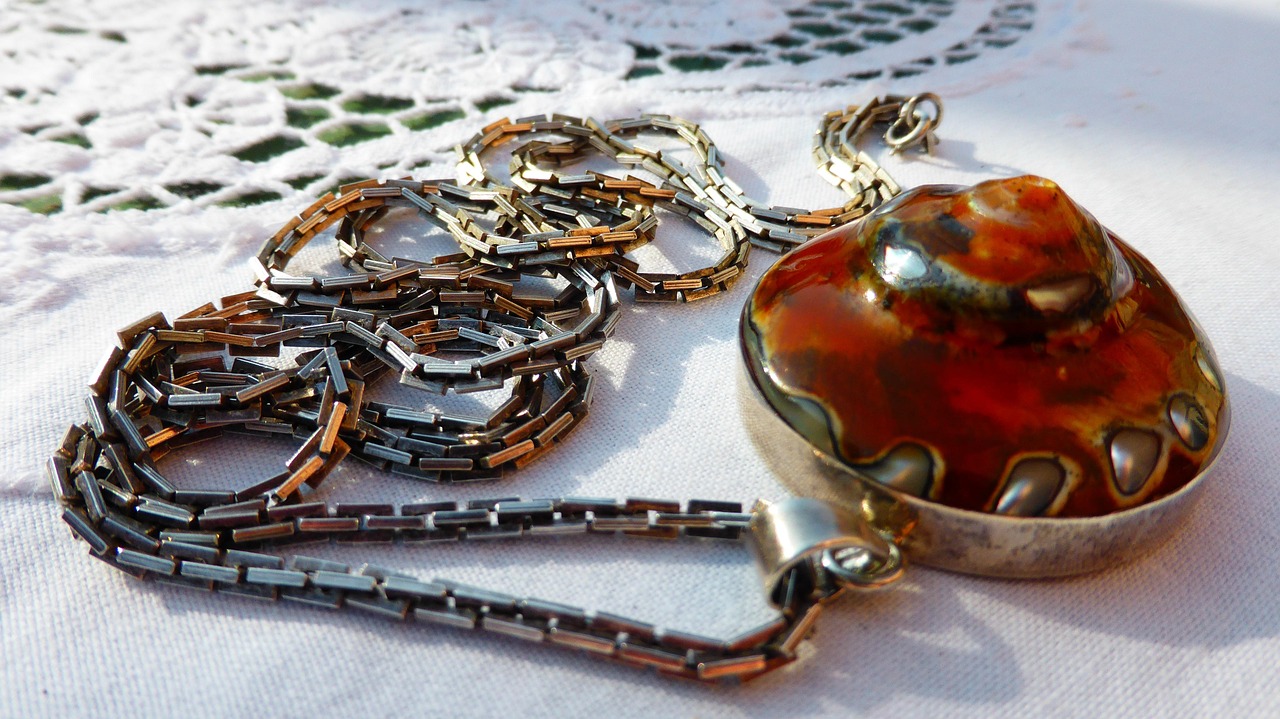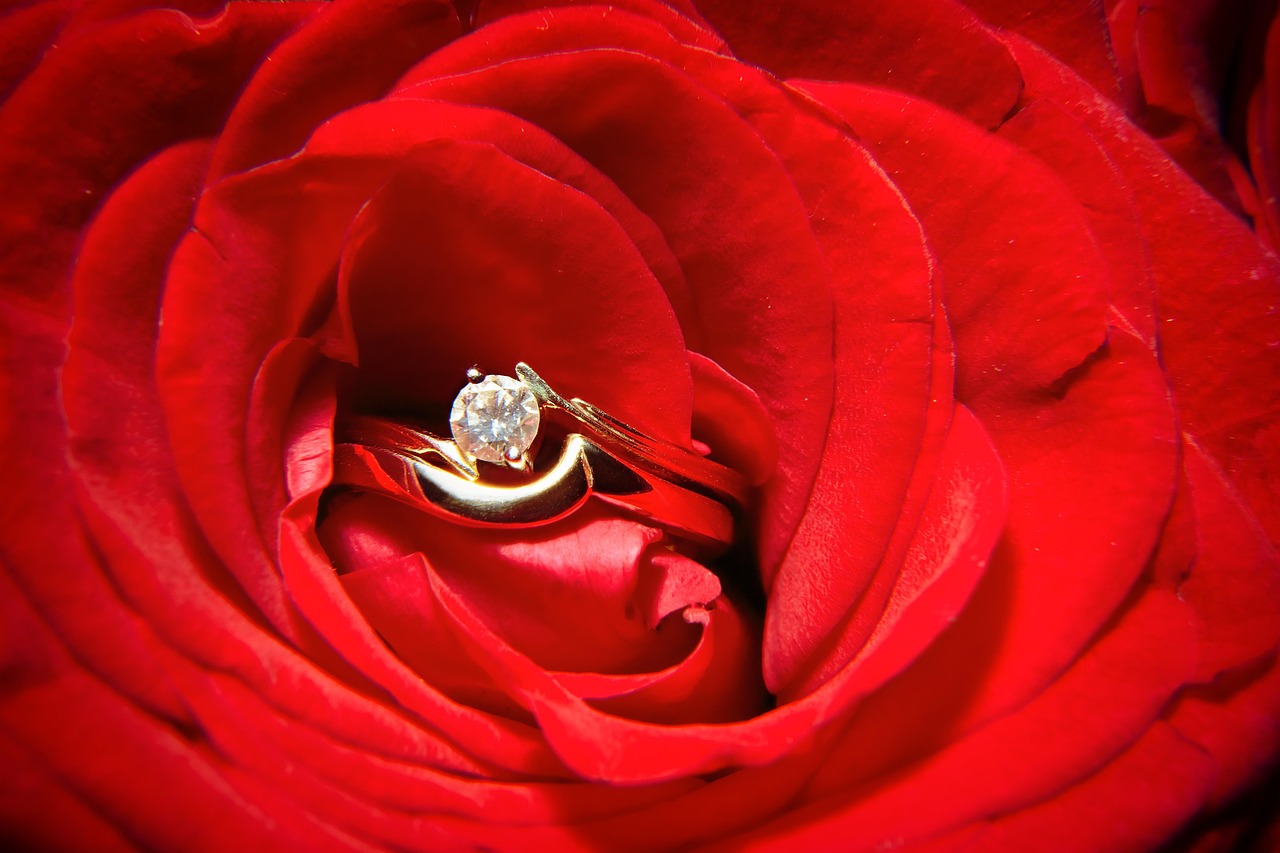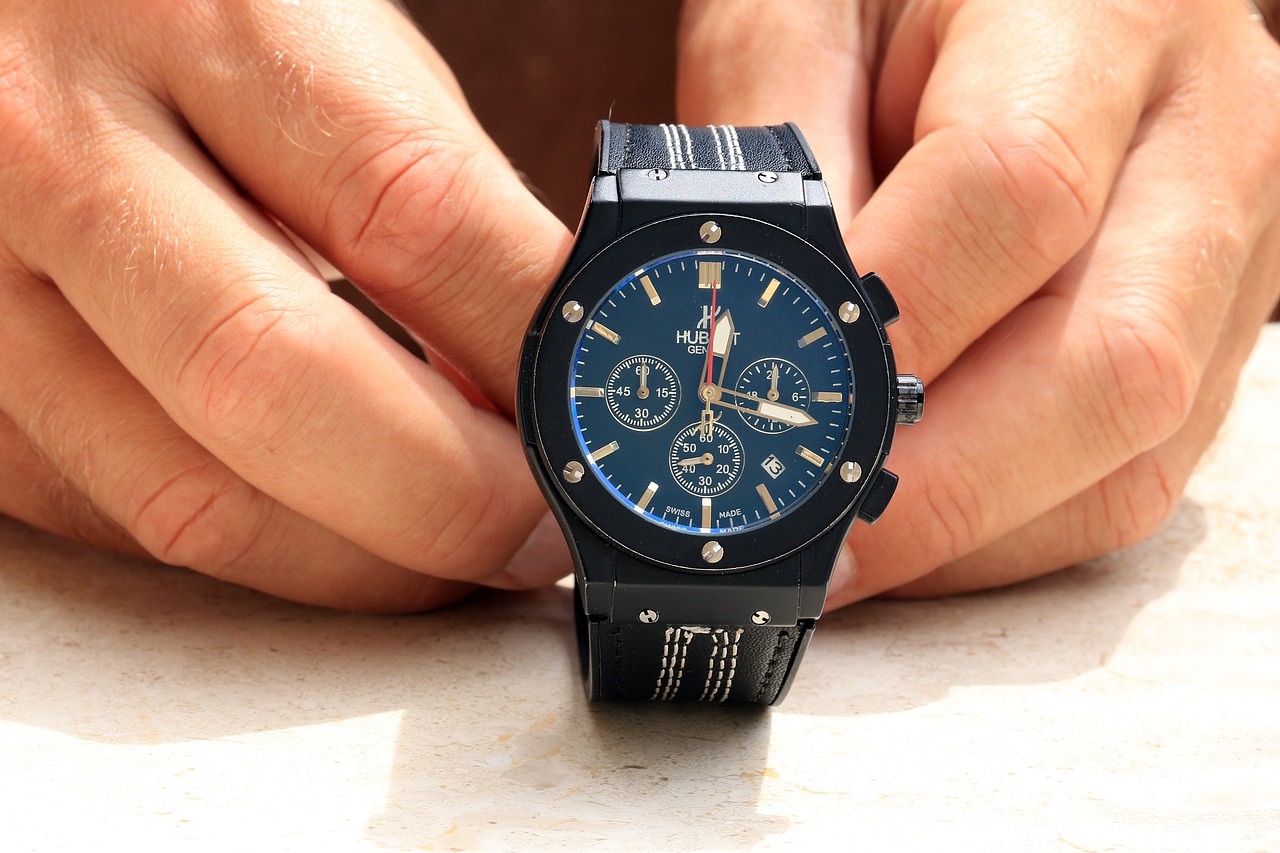This article delves into the key differences between sterling silver and pure silver, highlighting their properties, uses, and essential care tips to maintain the beauty and longevity of your silver items.
Sterling silver is an alloy that consists of 92.5% silver and 7.5% other metals, predominantly copper. This mixture increases its durability while preserving the stunning aesthetic qualities that silver is known for. Due to its strength, sterling silver is commonly used in jewelry, cutlery, and decorative items.
Often referred to as fine silver, pure silver contains 99.9% silver. It is renowned for its brilliant luster and high reflectivity. However, its softness makes it less ideal for everyday items, as it can easily scratch or dent. Pure silver is often used for investment purposes or in high-end jewelry where durability is less of a concern.
To distinguish between sterling silver and pure silver, look for specific hallmarks or stamps. Sterling silver will often be marked with “925,” indicating its silver content. In contrast, pure silver may have fewer markings, primarily due to its higher purity level.
- Composition: Sterling silver is an alloy, while pure silver is nearly 100% silver.
- Durability: Sterling silver is more robust, making it suitable for everyday use.
- Softness: Pure silver is softer and more prone to damage.
Proper care for sterling silver is essential to prevent tarnish. Regular cleaning is recommended to keep it looking its best. Use a soft cloth and a silver polish specifically designed for sterling silver. Avoid harsh chemicals that could damage the surface.
When caring for pure silver, gentle handling is crucial to avoid scratches. Store pure silver items in a soft cloth or a dedicated jewelry box. Cleaning can be done using a mild soap solution to maintain its luster without causing damage.
Tarnish develops when silver reacts with sulfur compounds present in the air or from skin oils. Environmental factors such as humidity and temperature can accelerate the tarnishing process, making regular maintenance necessary.
While some cleaning methods can be applied to both sterling and pure silver, it’s important to select products specifically formulated for each type. This ensures that you do not inadvertently damage the metal.
The frequency of cleaning your silver items depends on their usage. Items that are worn regularly may require cleaning on a monthly basis, while pieces that are stored away can be cleaned less frequently, perhaps every few months.
Proper storage is crucial for preserving silver. Keep silver items in anti-tarnish pouches or cloths, and store them in a cool, dry place to minimize tarnishing and potential damage. Avoid storing silver in humid environments to prolong its beauty.

What is Sterling Silver?
Sterling silver is a widely recognized and cherished material in the world of jewelry and decorative items. Composed of 92.5% silver and 7.5% other metals, typically copper, this alloy strikes a perfect balance between beauty and durability. Unlike pure silver, which is composed of 99.9% silver, sterling silver’s added metals enhance its strength, making it less prone to damage and more suitable for everyday use.
Many people prefer sterling silver for its affordability and versatility. Its composition allows for intricate designs and detailed craftsmanship, making it a popular choice for jewelry, cutlery, and decorative objects. The durability of sterling silver means it can withstand daily wear and tear, while still offering the elegance associated with fine silver.
The blend of metals in sterling silver not only improves its physical properties but also impacts its color and finish. The copper content gives sterling silver a warm hue, which can be polished to a high shine. This characteristic is particularly appealing for jewelry, as it enhances the visual appeal without compromising the metal’s integrity.
Identifying sterling silver can be straightforward. Look for hallmarks or stamps on the item, typically found on the underside or hidden areas. Common markings include:
- “925” – indicating 92.5% silver content
- “Sterling” – a clear indication of the alloy
- Other symbols or manufacturer marks
If you are unsure, consider consulting a professional jeweler for verification.
Sterling silver offers numerous benefits, including:
- Durability – Less prone to scratching and bending than pure silver.
- Versatility – Suitable for a wide range of applications, from jewelry to home decor.
- Affordability – Generally more cost-effective than pure silver, making it accessible to a broader audience.
To maintain the beauty of your sterling silver items, regular care is essential. Here are some practical tips:
- Cleaning – Use a soft, lint-free cloth to wipe down your silver after each use. For deeper cleaning, a silver polish specifically designed for sterling silver is recommended.
- Storage – Keep sterling silver items in a cool, dry place, preferably in anti-tarnish pouches or wrapped in soft cloths to prevent scratches and tarnish.
- Avoiding Harsh Chemicals – Steer clear of abrasive cleaners and harsh chemicals that can damage the surface of the silver.
Tarnish is a natural process that occurs when silver reacts with sulfur compounds in the air or from skin oils. Environmental factors such as humidity and temperature can accelerate tarnishing. Regular cleaning and proper storage can significantly reduce the occurrence of tarnish, helping to keep your sterling silver items looking their best.
While some cleaning methods can be used for both types of silver, it is crucial to select products that are specifically designed for each type to avoid damaging the metal. Always read labels and follow manufacturer instructions for optimal care.
The frequency of cleaning depends on how often the items are used. Regularly worn pieces may benefit from monthly cleaning, while items that are rarely used can be cleaned every few months. Keeping a consistent cleaning schedule will help maintain the shine and beauty of your sterling silver.
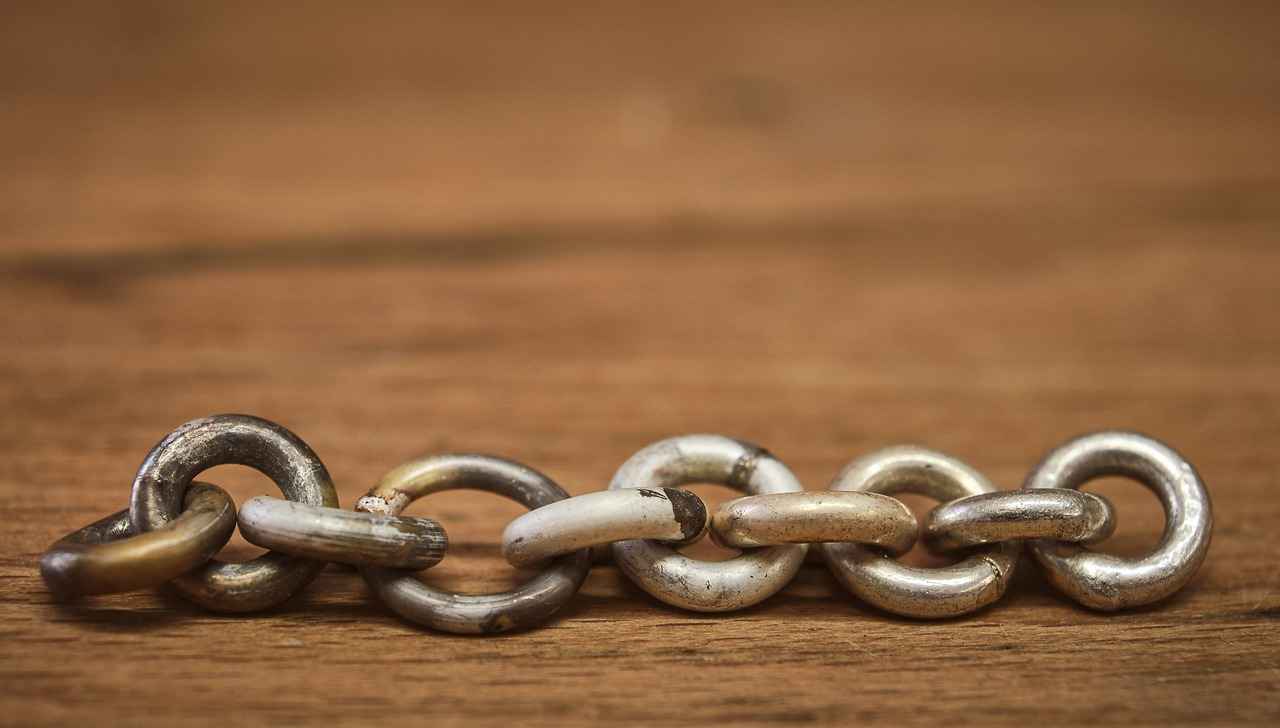
What is Pure Silver?
When discussing precious metals, pure silver, often called fine silver, is a term that frequently arises. This metal is renowned for its stunning brightness and high purity, containing an impressive 99.9% silver. Its visual appeal is undeniable, making it a popular choice for various applications, including jewelry and decorative items. However, while its luster is captivating, the properties of pure silver present unique challenges for everyday use.
Pure silver is characterized by its brilliant shine and reflective quality. Unlike sterling silver, which is an alloy, pure silver is not mixed with other metals. This high purity level contributes to its beauty but also results in a softer material. As a result, pure silver is more vulnerable to scratches and dents, making it less suitable for items that endure frequent wear and tear.
Due to its softness, pure silver is often used in specialty items rather than everyday objects. Common applications include:
- Jewelry: Fine silver is often used in high-end jewelry pieces that are not subjected to rough handling.
- Coins: Some coins are minted from pure silver, showcasing its value and beauty.
- Art and Crafts: Artists may use pure silver in sculptures and decorative art due to its malleability.
Caring for pure silver requires a gentle approach to maintain its luster and prevent damage. Here are some essential care tips:
- Handle with Care: Always handle pure silver items with clean hands to avoid transferring oils and dirt.
- Storage: Store pure silver in a soft cloth or an anti-tarnish pouch to protect it from scratches and tarnishing.
- Cleaning: Use a mild soap solution and a soft cloth for cleaning. Avoid harsh chemicals that can harm the metal.
Identifying pure silver can be straightforward. Look for markings such as “999” or “fine silver,” which indicate its high purity. Unlike sterling silver, which typically has a “925” stamp, pure silver may have fewer markings due to its composition.
The choice of pure silver over other types of silver can depend on various factors:
- Aesthetic Appeal: The bright, shiny finish of pure silver is often preferred for decorative items.
- Hypoallergenic Properties: Pure silver is less likely to cause allergic reactions compared to alloys that contain other metals.
Despite its benefits, pure silver does come with challenges:
- Softness: Its softness makes it susceptible to scratches and deformation.
- Tarnishing: Pure silver can tarnish over time, requiring regular maintenance to keep it looking pristine.
In summary, pure silver is a remarkable metal celebrated for its beauty and high purity. While it is ideal for certain applications, understanding its properties and care requirements is crucial for preserving its stunning appearance. Whether you are a collector or simply appreciate fine craftsmanship, knowledge of pure silver can enhance your experience with this precious metal.
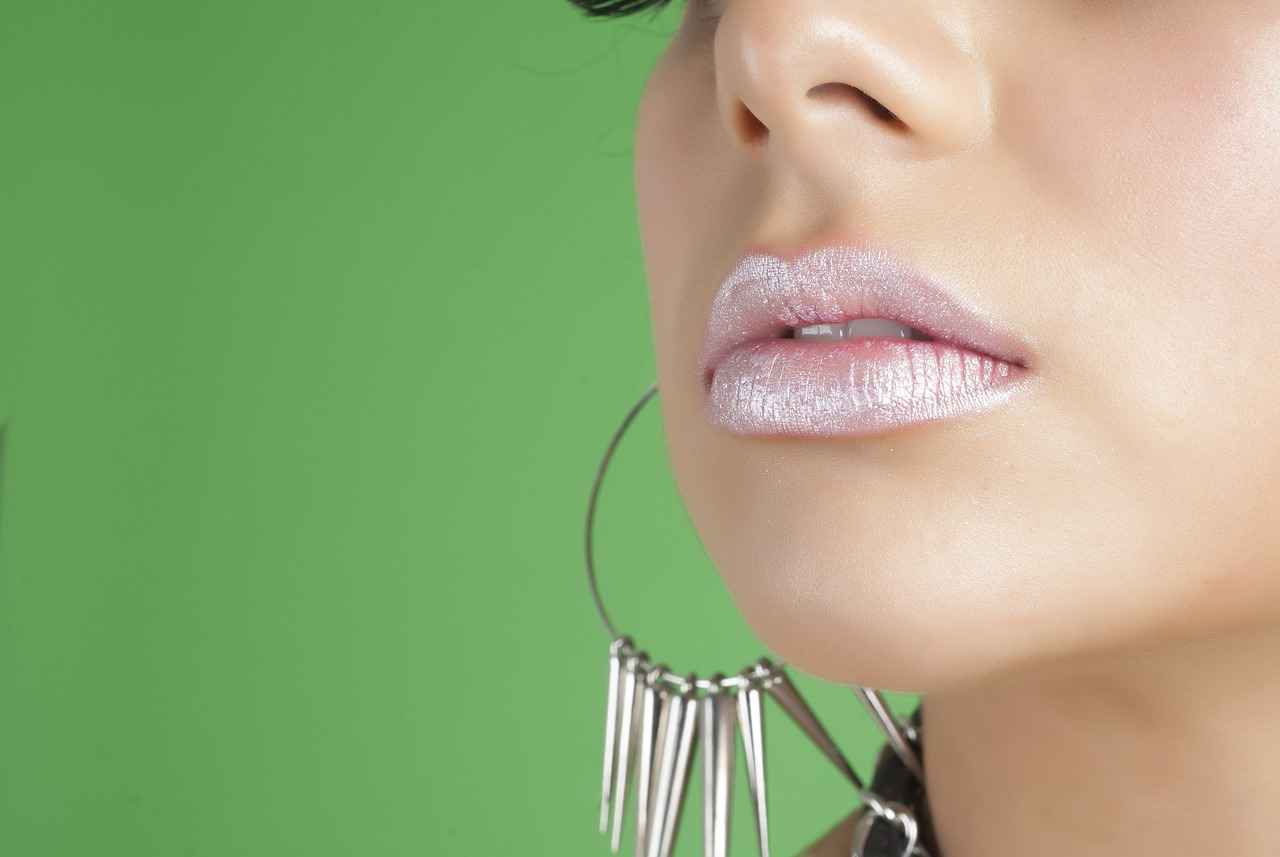
How to Identify Sterling Silver vs. Pure Silver?
When it comes to silver jewelry and items, understanding the differences between sterling silver and pure silver is essential for any collector or enthusiast. One of the primary ways to identify these two types of silver is by examining their hallmarks or stamps. This article will delve into the specific indicators that can help you distinguish between sterling and pure silver.
Sterling silver is defined by its composition, which consists of 92.5% silver and 7.5% other metals, typically copper. This alloying process enhances the metal’s strength and durability. To signify its authenticity, sterling silver items usually carry a hallmark that reads “925”. This number indicates that the piece contains 92.5% silver content, which is a standard for sterling silver.
On the other hand, pure silver, also known as fine silver, contains 99.9% silver. Due to its higher purity, pure silver items often have fewer markings and may simply be stamped with “999” or “fine silver”. While this high silver content gives pure silver a brilliant shine, it makes the metal softer and more susceptible to scratches and dents.
- Manufacturer Marks: Renowned manufacturers often include their logos or names alongside the silver content stamp. This can help in verifying the authenticity of the item.
- Country of Origin: Some countries have specific regulations regarding silver hallmarking. Familiarizing yourself with these can aid in identification.
- Additional Stamps: Look for additional markings that may indicate the quality or type of silver, such as “sterling” or “argent.”
Hallmarks are not just decorative; they serve as a guarantee of quality and authenticity. Knowing how to read these marks can protect you from purchasing counterfeit items and ensure that you are investing in genuine silver products.
In addition to checking for hallmarks, performing a visual inspection can also help in identifying silver. Look for:
- Color: Sterling silver has a slightly warmer hue compared to the bright, cooler tone of pure silver.
- Weight: Pure silver is denser and heavier than sterling silver due to its higher silver content.
- Oxidation: Sterling silver tends to tarnish more quickly than pure silver. If you notice tarnishing, it may indicate that the piece is sterling.
If you’re still uncertain about the authenticity of a silver item, several tests can be conducted:
- Magnet Test: Silver is not magnetic. If a piece is attracted to a magnet, it is likely not silver.
- Acid Test: This involves applying a small amount of nitric acid to a scratch on the silver. The reaction can indicate the silver content.
- Professional Appraisal: When in doubt, consider seeking the expertise of a professional jeweler or appraiser.
Understanding how to identify sterling silver versus pure silver is crucial for both buyers and sellers alike. Armed with the right knowledge and tools, you can confidently navigate the world of silver items, ensuring that your purchases are genuine and of high quality.
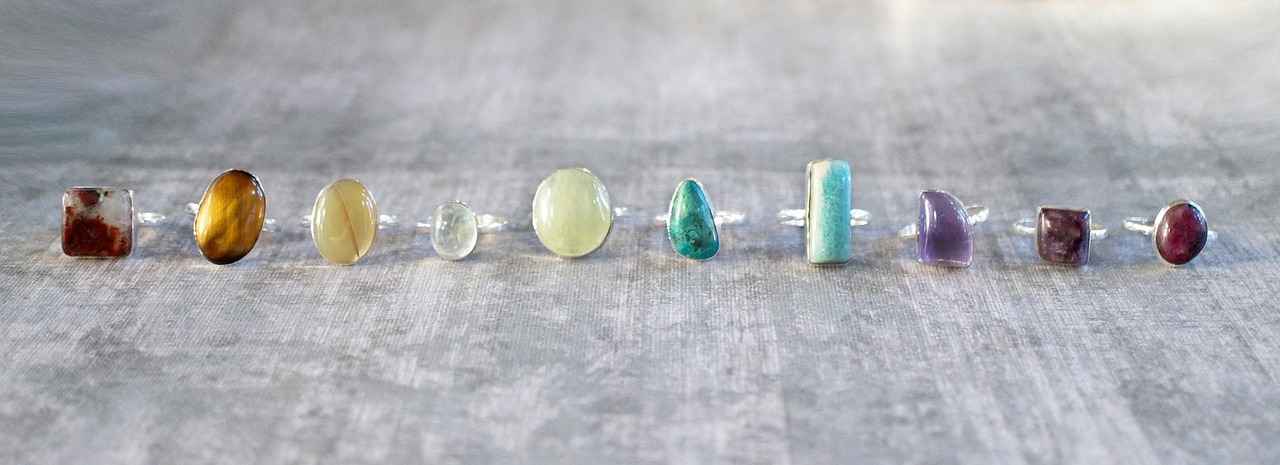
What Are the Key Differences Between Sterling Silver and Pure Silver?
The world of silver jewelry and items can be quite intricate, with various types and qualities available. Understanding the differences between sterling silver and pure silver is essential for anyone looking to invest in quality silver pieces. This section will delve into the primary distinctions between these two forms of silver, focusing on their composition, durability, and practical applications.
The differences between sterling silver and pure silver primarily stem from their composition and durability. Below are the key distinctions:
- Composition: Sterling silver is an alloy that consists of 92.5% silver and 7.5% other metals, typically copper. This combination not only enhances its strength but also helps in maintaining its shine over time. In contrast, pure silver, also known as fine silver, is made up of 99.9% silver, making it the highest quality silver available but also significantly softer.
- Durability: One of the most notable differences is in their durability. Sterling silver is more robust and can withstand daily wear and tear better than pure silver. This makes it a popular choice for items that are frequently used, such as jewelry and cutlery. Pure silver, while it has a beautiful luster, is much softer and more prone to scratches and dents, making it less suitable for everyday items.
- Uses: Due to its strength, sterling silver is often used in a wide range of products, from jewelry to household items. On the other hand, pure silver is typically reserved for specialized applications, such as in the production of high-end jewelry and silverware, where its aesthetic appeal is prioritized over practicality.
- Maintenance: Caring for these two types of silver also varies. Sterling silver requires regular cleaning to prevent tarnishing, while pure silver, being softer, necessitates more careful handling to avoid damage. When cleaning, it is crucial to use appropriate methods for each type to maintain their respective qualities.
In summary, while both sterling silver and pure silver have their unique advantages, the choice between them ultimately depends on the intended use and personal preference. Sterling silver’s durability makes it a practical option for everyday items, while pure silver offers unmatched beauty and is ideal for special occasions.
Understanding these differences can significantly impact your purchasing decisions and how you care for your silver items. By recognizing the strengths and weaknesses of each type, you can ensure that your silver remains beautiful and lasts for years to come.
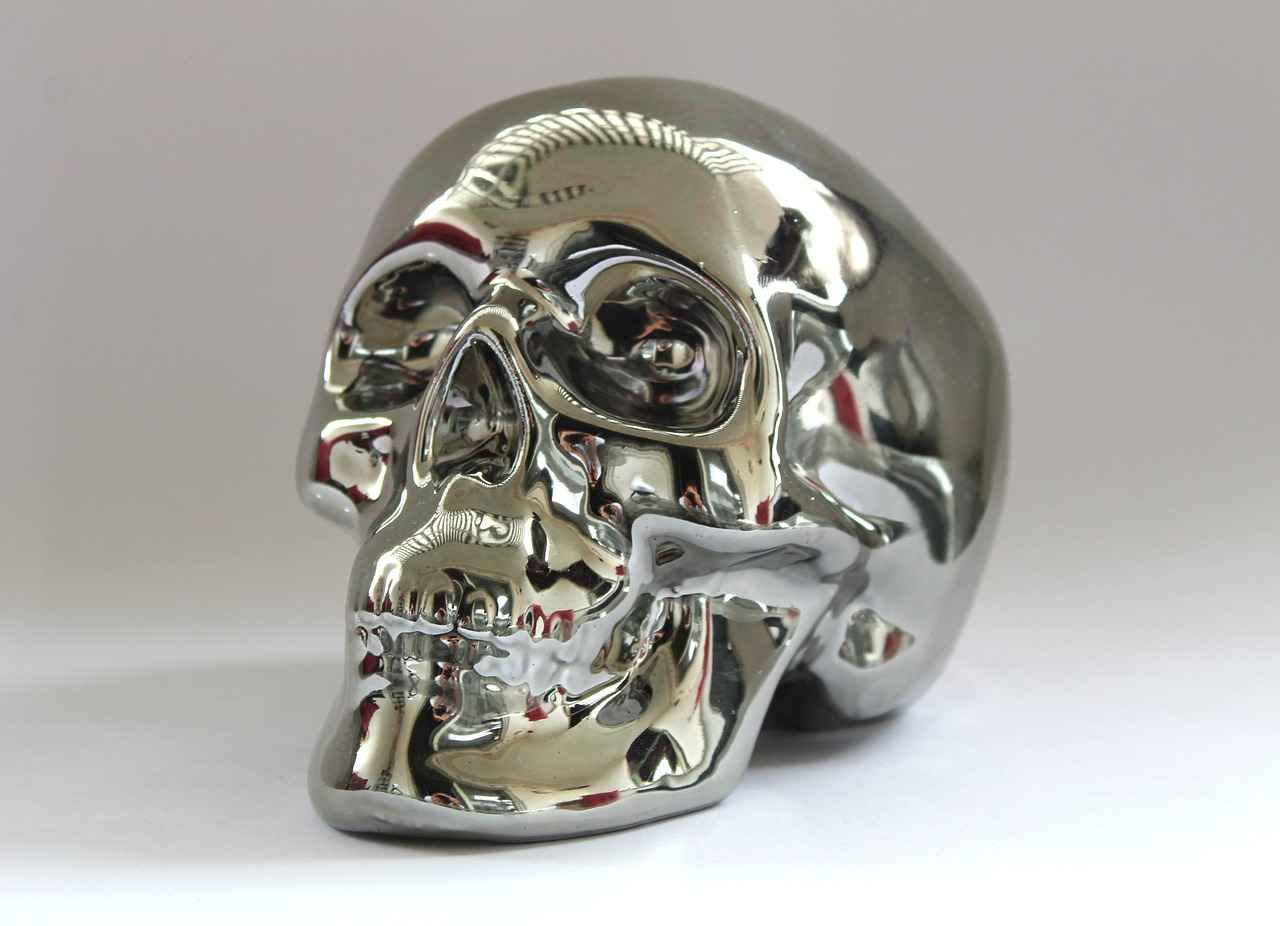
How to Care for Sterling Silver?
Caring for sterling silver is essential to maintain its beauty and prevent tarnish. Regular maintenance not only enhances the shine but also extends the life of your silver items. Below, we explore effective methods to care for your sterling silver, ensuring it remains as stunning as the day you acquired it.
Regular cleaning is vital because sterling silver tarnishes over time due to exposure to air and moisture. This tarnish can dull the appearance of your silver, making it look less appealing. By implementing a consistent cleaning routine, you can keep your items looking bright and new.
- Soft Cloth: Always use a soft, lint-free cloth to wipe your silver. Microfiber cloths are an excellent choice as they are gentle on the surface.
- Silver Polish: Invest in a high-quality silver polish that is specifically designed for sterling silver. Avoid abrasive cleaners that can scratch the surface.
- Warm Water and Mild Soap: For a gentle clean, use warm water mixed with a few drops of mild dish soap.
To clean your sterling silver effectively, follow these steps:
- Prepare the Cleaning Solution: Mix warm water with a few drops of mild soap in a bowl.
- Soak a Cloth: Dip your soft cloth into the solution, wring it out, and gently wipe the silver item.
- Rinse and Dry: Rinse the item under cool water to remove any soap residue and dry it thoroughly with a clean cloth.
- Apply Silver Polish: For added shine, apply a small amount of silver polish to a clean cloth and buff the silver gently.
When caring for your sterling silver, it is crucial to avoid:
- Harsh Chemicals: Products containing bleach or ammonia can damage the surface of your silver.
- Excessive Scrubbing: Scrubbing too hard can lead to scratches. Always be gentle when cleaning.
- Storing with Other Metals: Keep sterling silver separate from other metals to prevent scratches and tarnishing.
The frequency of cleaning depends on how often you wear or use your silver items. For frequently worn pieces, monthly cleaning is recommended. For items stored away, a thorough cleaning every few months should suffice.
Proper storage is essential in preventing tarnish. Here are some tips:
- Use Anti-Tarnish Pouches: Store your silver in specially designed anti-tarnish pouches or cloths.
- Cool, Dry Environment: Ensure that your storage area is cool and dry to minimize tarnishing.
- Avoid Humidity: Keep silver away from humid areas, as moisture accelerates tarnishing.
By following these care tips, you can maintain the beauty and integrity of your sterling silver items for years to come. Regular cleaning and proper storage are key to enjoying your silver’s timeless elegance.
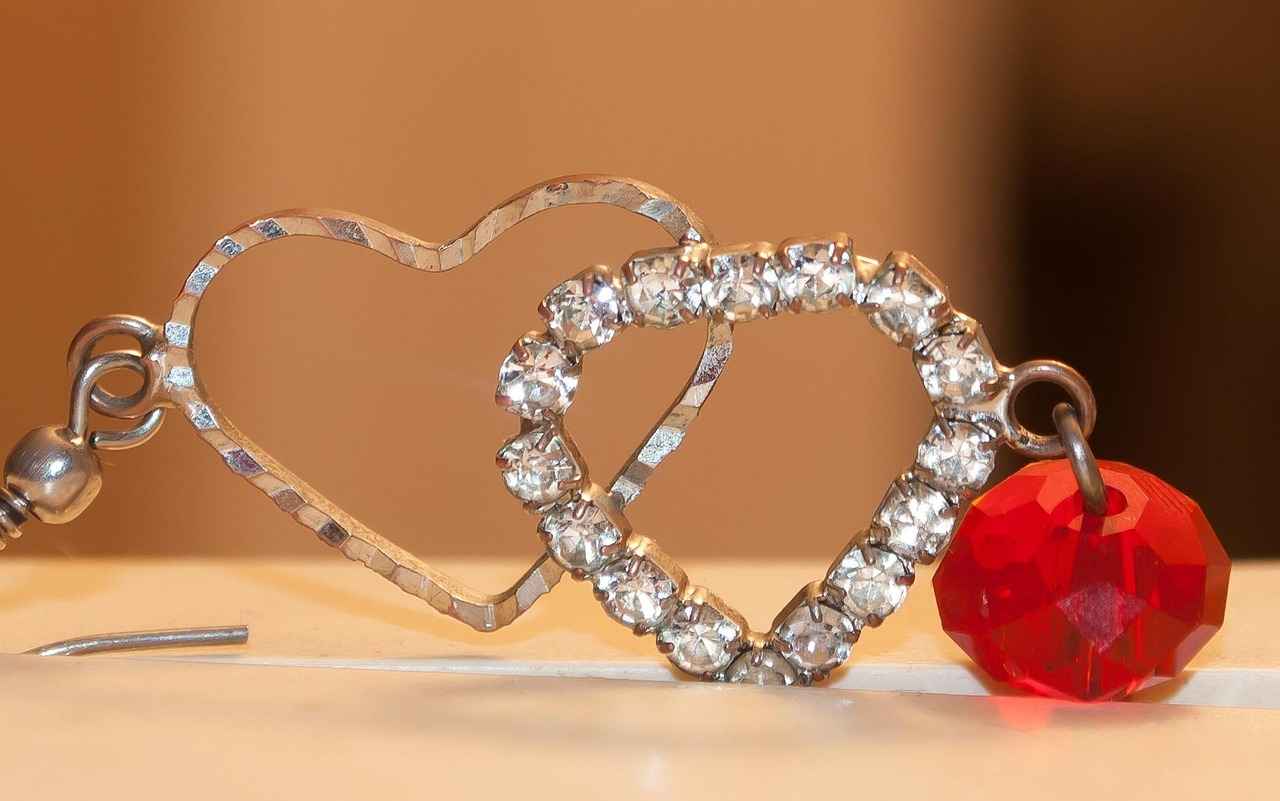
How to Care for Pure Silver?
When it comes to maintaining the beauty and integrity of pure silver, it is essential to understand its unique properties and care requirements. Pure silver, also known as fine silver, is composed of 99.9% silver, making it exceptionally bright and lustrous. However, this high purity also means that pure silver is softer and more susceptible to scratches and dents compared to its alloy counterpart, sterling silver. Therefore, proper care is crucial to ensure that your pure silver items remain in pristine condition for years to come.
One of the most important aspects of caring for pure silver is to handle it with care and gentleness. When wearing or using pure silver jewelry or utensils, be mindful of your surroundings and avoid contact with hard surfaces that could cause scratches. For example, when removing rings or bracelets, do so in a safe area to minimize the risk of dropping or banging them against hard objects.
Proper storage is another critical factor in maintaining the quality of pure silver. To prevent scratches and tarnishing, store your pure silver items in a soft cloth or a dedicated jewelry box lined with a soft material. This will help cushion the items and protect them from scratches caused by friction with other pieces. Additionally, consider using anti-tarnish pouches or cloths that are specifically designed to inhibit tarnish formation.
Cleaning pure silver is essential to preserve its luster. A mild soap solution is often the best choice for cleaning. To create this solution, mix a few drops of gentle dish soap in warm water. Use a soft cloth or a sponge to gently wipe the surface of your silver items. Avoid using abrasive materials or harsh chemicals, as these can scratch or damage the surface. After cleaning, rinse thoroughly with clean water and dry immediately with a soft, lint-free cloth to prevent water spots.
Regular maintenance is vital for keeping your pure silver items looking their best. Depending on how frequently you wear or use your silver, aim to clean it at least once a month. If your items are stored away and not used often, you can clean them every few months. This routine will help prevent tarnish buildup and keep your silver shining.
Tarnish occurs when pure silver reacts with sulfur compounds present in the air or from skin oils. Environmental factors such as humidity and temperature can also accelerate tarnishing. To minimize tarnish, consider storing your silver in a cool, dry place, and avoid exposing it to harsh chemicals or environments.
While some cleaning methods can be applied to both pure silver and sterling silver, it is important to choose products specifically designed for each type. Pure silver is more delicate, so using a cleaner meant for sterling silver may cause damage. Always check the product labels and opt for gentle solutions to maintain the integrity of your pure silver items.
- Keep pure silver items away from direct sunlight and extreme temperatures.
- Avoid wearing pure silver jewelry while swimming or exercising to reduce exposure to sweat and chlorine.
- For heavily tarnished items, consider professional cleaning to restore their original shine.
By following these care tips, you can ensure that your pure silver items retain their stunning appearance and last for generations. Remember, a little care goes a long way in preserving the beauty of your cherished silver pieces.

What Causes Tarnish on Silver Items?
Tarnish is a common issue faced by silver item owners, and understanding its causes is crucial for effective maintenance. Silver tarnish manifests as a dull, discolored layer on the surface of silver items, diminishing their natural beauty. The primary culprit behind tarnish is the reaction of silver with certain substances in the environment.
Tarnish occurs when silver reacts with sulfur compounds present in the air or from skin oils. These sulfur compounds can originate from various sources, including pollution, certain foods, and even the materials used in jewelry. When silver comes into contact with these compounds, a chemical reaction takes place, leading to the formation of silver sulfide, which is responsible for the tarnished appearance.
Additionally, environmental factors can significantly accelerate the tarnishing process. Humidity plays a critical role, as higher moisture levels in the air can increase the rate at which tarnish develops. Similarly, temperature fluctuations can contribute to tarnishing, as warmer conditions often promote chemical reactions. Therefore, storing silver items in humid environments or exposing them to heat can lead to quicker tarnish formation.
Skin oils are another significant factor in tarnishing. When silver jewelry comes into contact with the skin, it can pick up natural oils, sweat, and other residues. This combination can create an environment that fosters tarnish development. For instance, wearing silver rings or bracelets for extended periods without cleaning can result in noticeable tarnish over time.
- Cleaning Products: Certain household cleaners and chemicals can also react with silver, leading to tarnishing. It’s essential to avoid using abrasive cleaners or those containing sulfur.
- Air Quality: Areas with high levels of pollution or industrial activity can increase the likelihood of tarnish due to the presence of sulfur compounds in the air.
- Storage Conditions: Storing silver items in non-ventilated areas or in contact with other metals can accelerate tarnishing. Always ensure that silver is stored properly.
Preventing tarnish is possible with simple yet effective practices. Here are some tips:
- Regular Cleaning: Clean silver items regularly with a soft cloth to remove oils and dirt that can contribute to tarnishing.
- Proper Storage: Store silver in anti-tarnish pouches or cloths, and keep them in a cool, dry place to minimize exposure to humidity.
- Avoid Contact: Minimize contact with skin oils by removing silver jewelry before applying lotions or perfumes.
By understanding the causes of tarnish and implementing preventive measures, silver item owners can maintain the beauty and integrity of their treasured pieces for years to come. Regular care and attention to environmental factors can significantly reduce the frequency and extent of tarnishing, ensuring that silver remains a stunning addition to any collection.

Can You Use the Same Cleaning Methods for Both Types of Silver?
When it comes to maintaining the beauty of your silver items, understanding the differences between sterling silver and pure silver is crucial. Although both types of silver share a common element, their care requirements differ significantly, especially when it comes to cleaning methods. This article delves into the importance of using the right cleaning products for each type of silver to ensure their longevity and aesthetic appeal.
While some cleaning techniques may seem universally applicable, it is essential to recognize that sterling silver and pure silver require distinct care approaches. Using the same cleaning methods for both can lead to unintended damage to the metal.
- Sterling Silver: This alloy, composed of 92.5% silver and 7.5% other metals, is generally more durable. However, it is still susceptible to tarnishing. For cleaning, it is advisable to use products specifically formulated for sterling silver. These products are designed to remove tarnish without harming the metal’s surface.
- Pure Silver: With a higher silver content of 99.9%, pure silver is softer and more prone to scratches. Therefore, when cleaning pure silver, one should opt for a gentle approach. A mild soap solution and a soft cloth are often sufficient to maintain its luster.
Using abrasive cleaners or harsh chemicals on either type of silver can result in scratches or other forms of damage. For instance, while a silver polish might work wonders on sterling silver, it could potentially scratch the surface of pure silver due to its softer nature.
Choosing the appropriate cleaning product is vital for several reasons:
- Preservation of Quality: Using the correct products helps to preserve the quality and appearance of your silver items. Sterling silver can withstand more aggressive cleaning methods, while pure silver requires a more delicate touch.
- Prevention of Damage: The wrong cleaning method can lead to irreversible damage, such as scratches or dullness. This is especially true for pure silver, which can lose its shine quickly if not cared for properly.
- Longevity: Proper care ensures that your silver items remain beautiful for years to come, enhancing their value and your enjoyment of them.
For optimal care, follow these recommendations:
- For Sterling Silver:
- Use a soft, lint-free cloth to gently polish the surface.
- Apply a sterling silver polish as needed, following the product instructions carefully.
- Consider using anti-tarnish cloths for regular maintenance.
- For Pure Silver:
- Gently wash with a mild soap solution and a soft cloth.
- Avoid abrasive cleaners or scrubbing pads that can scratch the surface.
- Store in a soft cloth or anti-tarnish pouch to prevent tarnishing.
In summary, while it might be tempting to use the same cleaning methods for both sterling and pure silver, doing so can lead to damage and reduced aesthetic appeal. By understanding the unique properties of each type of silver and selecting appropriate cleaning products, you can ensure that your silver items remain beautiful and well-preserved.
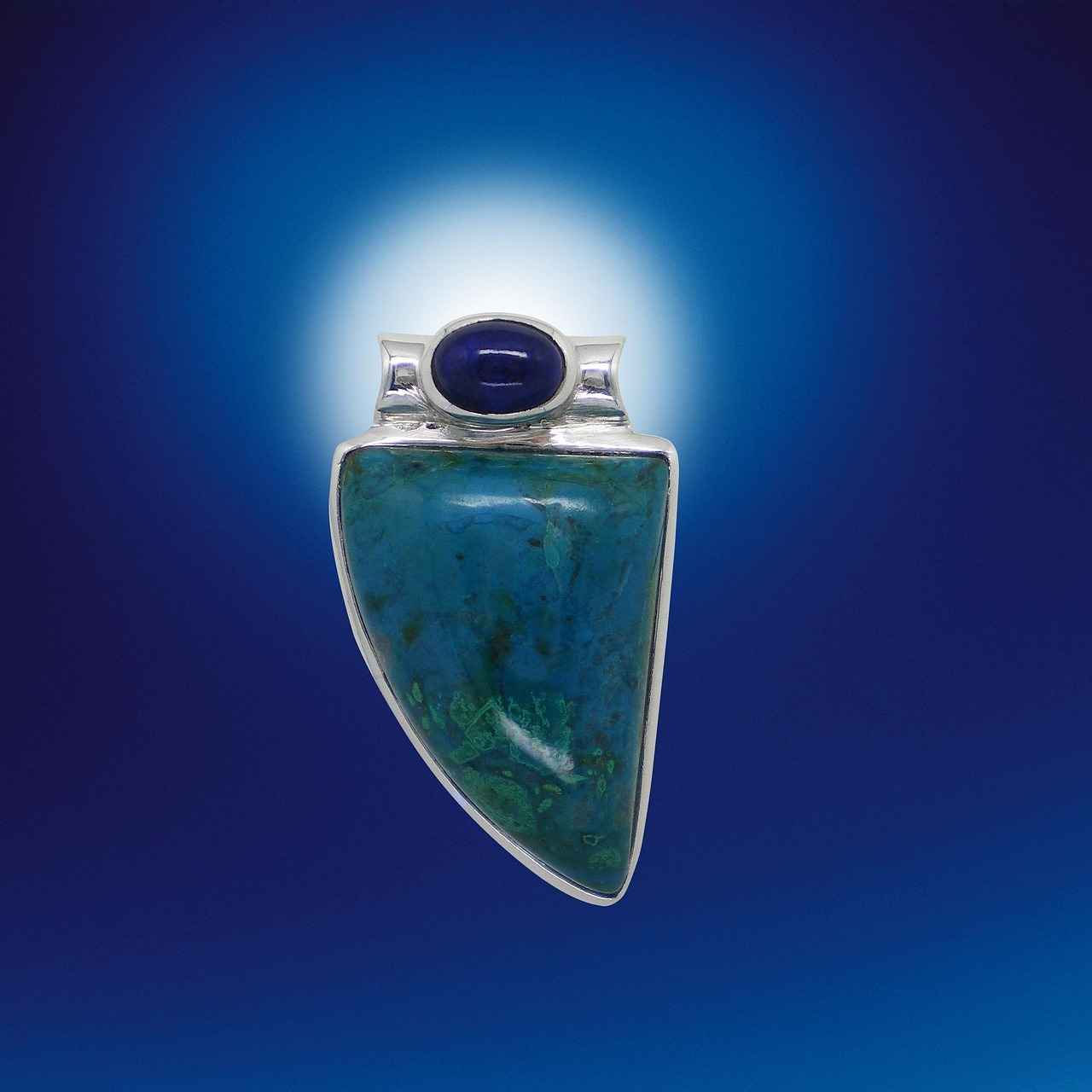
How Often Should You Clean Your Silver?
When it comes to maintaining the beauty and longevity of your silver items, understanding how often to clean your silver is essential. The frequency of cleaning largely depends on the usage and storage of the items. Regularly worn pieces, such as jewelry, may require more frequent attention compared to items that are seldom used.
If you wear your silver jewelry daily or frequently, it is advisable to clean it at least once a month. This routine cleaning helps to remove tarnish and dirt that accumulate from exposure to skin oils, lotions, and environmental pollutants. A gentle polish with a soft cloth can restore its shine, ensuring that your jewelry remains as beautiful as the day you bought it.
For silverware and serving pieces that are used occasionally, cleaning every few months is usually sufficient. If these items are stored away for long periods, it’s important to check them periodically for any signs of tarnish. If tarnish is present, a thorough cleaning will help maintain their luster and prevent permanent damage.
The way you store your silver items can significantly impact how often they need to be cleaned. Items kept in anti-tarnish pouches or cloths can reduce tarnishing, allowing for less frequent cleaning. Conversely, silver that is exposed to air and humidity will tarnish more quickly and will require more regular maintenance.
Yes, environmental factors play a crucial role in the tarnishing process. High humidity levels, exposure to chemicals, and even certain foods can accelerate tarnishing. If you live in a humid climate or frequently cook with sulfur-rich ingredients, you may find that your silver tarnishes more rapidly, necessitating more frequent cleaning.
When cleaning silver, it’s important to use the right techniques to avoid damaging the metal. For light tarnish, a simple solution of mild soap and water can be effective. For heavier tarnish, a specialized silver polish is recommended. Always use a soft cloth to avoid scratching the surface.
- Visible tarnish: A dull or grayish appearance indicates tarnish buildup.
- Smudges or fingerprints: Regular handling can leave marks that detract from the shine.
- Fading luster: If your silver no longer shines like it used to, it’s time for a cleaning.
In summary, the frequency of cleaning your silver items varies based on usage, storage conditions, and environmental factors. Regular maintenance not only preserves their beauty but also ensures that your silver remains a treasured part of your collection for years to come.

What Are the Best Storage Practices for Silver Items?
When it comes to preserving the beauty and longevity of your silver items, understanding the best storage practices is essential. Silver, whether it is sterling or pure, can tarnish over time due to various environmental factors. Therefore, proper storage techniques can significantly reduce tarnishing and damage, ensuring your pieces remain as stunning as the day you acquired them.
Proper storage is crucial for silver items because it helps to prevent tarnishing, which occurs when silver reacts with sulfur compounds in the air. This reaction can lead to unsightly discoloration and reduce the overall aesthetic appeal of your silver. By implementing effective storage practices, you can maintain the brilliance of your silver for years to come.
- Anti-tarnish pouches or cloths: These specially designed pouches or cloths contain chemicals that absorb sulfur and other tarnishing agents, providing a protective barrier for your silver items.
- Jewelry boxes with anti-tarnish lining: Investing in a jewelry box lined with anti-tarnish material can offer an excellent long-term storage solution, keeping your silver pieces safe from tarnishing agents.
- Soft, breathable fabric: If you don’t have anti-tarnish pouches, consider using soft cotton or flannel cloths to wrap your silver items. Avoid using plastic, as it can trap moisture and lead to tarnishing.
Choosing the right environment for storing your silver is equally important. Here are some tips:
- Cool and dry location: Store your silver in a cool, dry place away from direct sunlight and humidity. Excess moisture can accelerate tarnishing.
- Avoid high-traffic areas: Keep your silver items in a designated storage area, such as a drawer or cabinet, to minimize exposure to air pollutants and physical damage.
- Temperature control: Maintaining a stable temperature is essential. Avoid attics or basements where temperature fluctuations are common.
Handling silver items with care can also help minimize tarnishing and scratches. Here are some best practices:
- Wear gloves: When handling silver, consider wearing cotton gloves to prevent oils from your skin from transferring to the metal.
- Limit exposure to perfumes and lotions: These substances can react with silver and cause tarnishing, so it’s best to put on your silver jewelry after applying personal care products.
Regularly checking your silver storage is vital. Inspect your items every few months for signs of tarnishing or damage. If you notice any tarnish, clean the items gently using a soft cloth and a silver polish designed for your specific type of silver.
In summary, the best storage practices for silver items involve using anti-tarnish solutions, choosing appropriate storage environments, and handling your pieces with care. By following these guidelines, you can ensure your silver remains beautiful and tarnish-free for generations to come.
Frequently Asked Questions
- What is the main difference between sterling silver and pure silver?
The main difference lies in their composition. Sterling silver is an alloy with 92.5% silver and 7.5% other metals, making it more durable. Pure silver, or fine silver, contains 99.9% silver, which gives it a brilliant shine but makes it softer and more prone to scratches.
- How can I tell if my silver is sterling or pure?
You can identify sterling silver by looking for hallmarks or stamps, such as “925.” Pure silver typically has fewer markings due to its higher purity. If you’re unsure, a professional jeweler can help you confirm the type.
- What causes tarnish on silver items?
Tarnish occurs when silver reacts with sulfur compounds in the air or from skin oils. Environmental factors like humidity and temperature can speed up this process, leading to that unwanted dull appearance.
- How often should I clean my silver jewelry?
It depends on how often you wear it! Regularly worn pieces might need a quick clean every month, while items that are stored away can be cleaned every few months. Keeping them clean helps maintain their shine.
- What are the best storage practices for silver items?
To keep your silver items looking their best, store them in anti-tarnish pouches or cloths and place them in a cool, dry area. This minimizes tarnishing and helps protect against damage.

